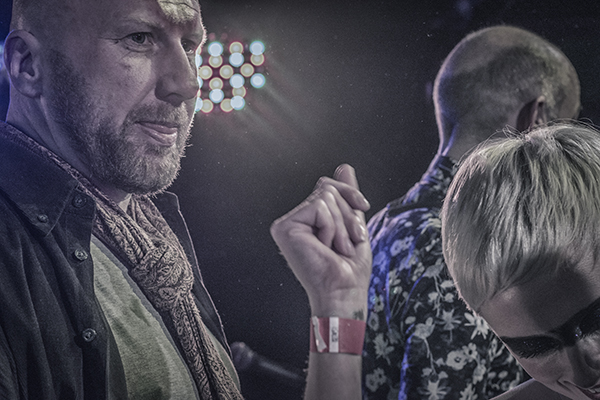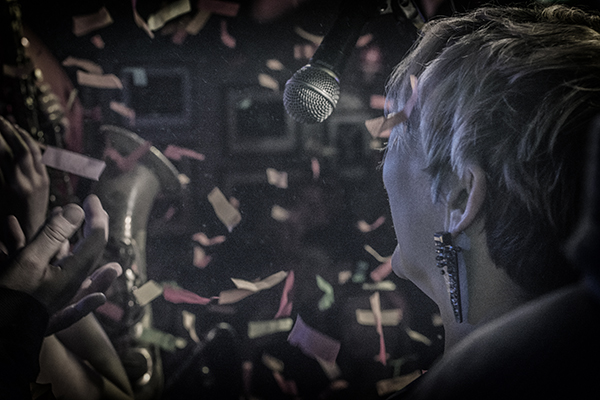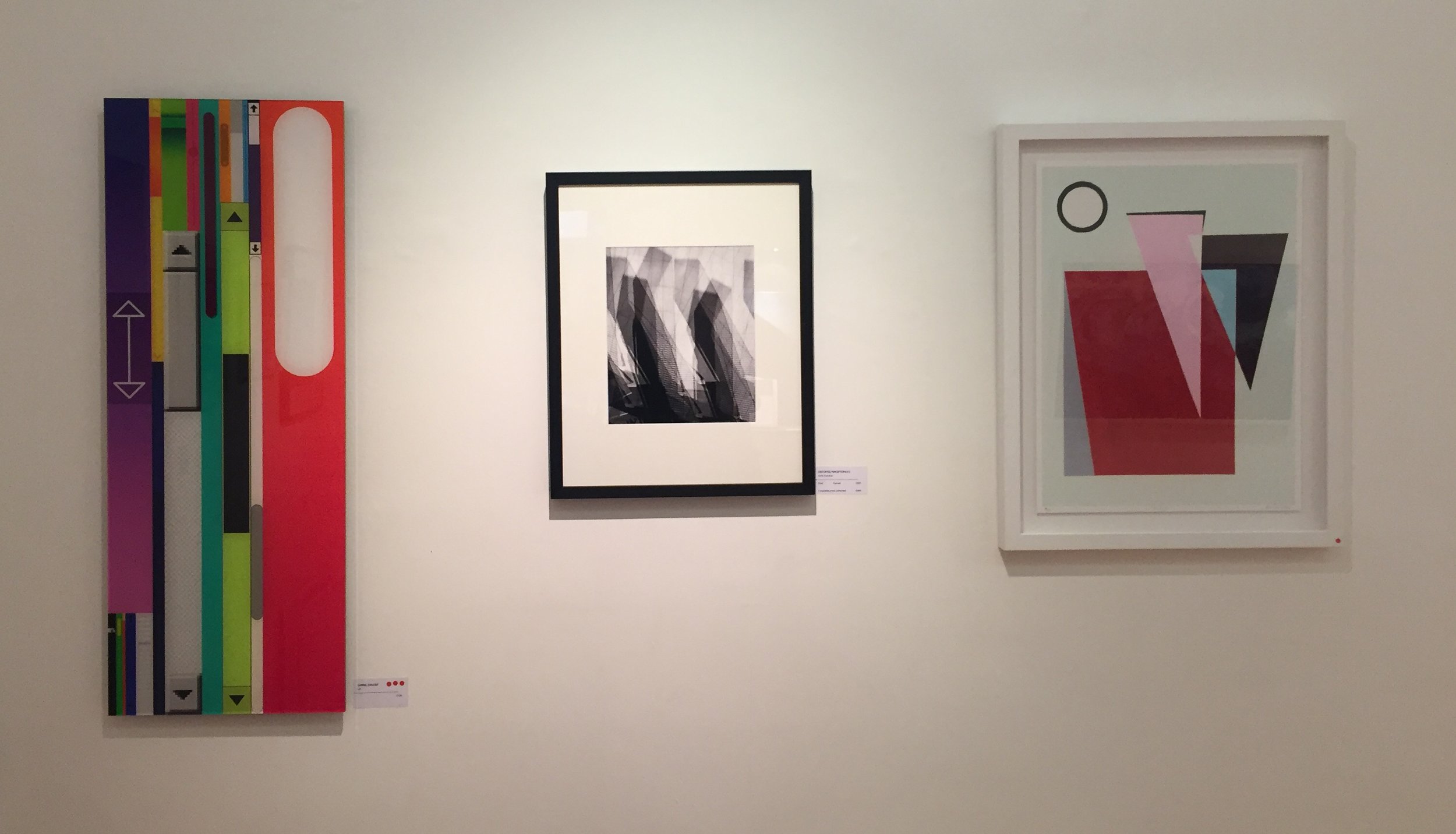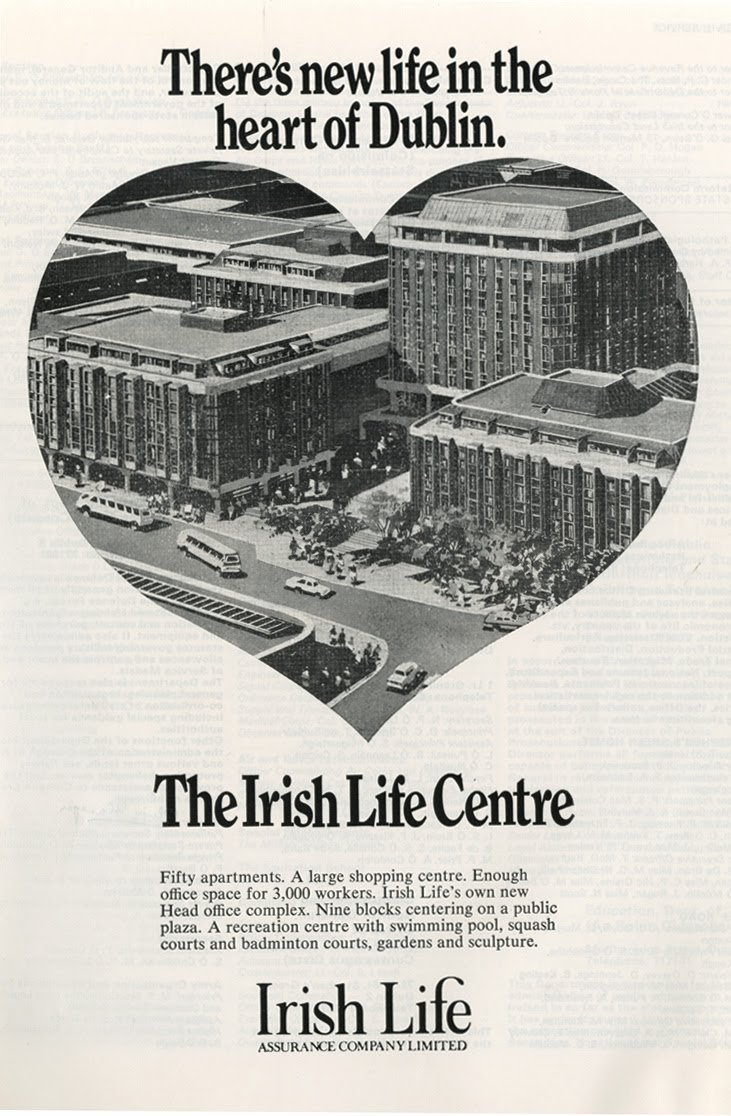The last few weeks have been a blur for me. The reaction of people to my images has taken me totally off guard. I am so grateful for all the support and encouragement shown to me and my work...it means a lot to me.
I'm delighted to announce that I am currently updating my site to include for an online shop, where prints of my images can be purchased.
The images are Glicée Prints with pigment archival inks on archival photo-rag paper, giving a beautiful matt finish to the works. I just got some test prints back, and they are stunning. The online versions of these images do not do justice to the full level of detail seen in the printed versions.
A variety of sizes will be available.
I'll be posting more info soon.
I'm excited & terrified in equal measure...
Onwards & upwards.





















































































